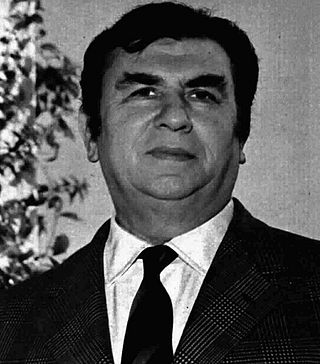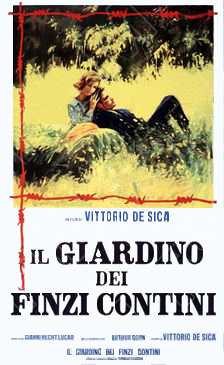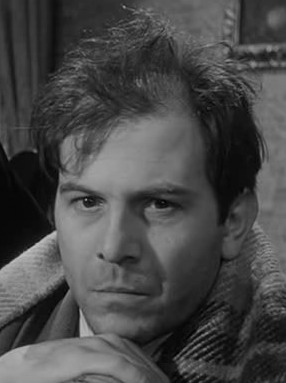
Ferrara is a city and comune (municipality) in Emilia-Romagna, Northern Italy, capital of the province of Ferrara. As of 2016, it had 132,009 inhabitants. It is situated 44 kilometres northeast of Bologna, on the Po di Volano, a branch channel of the main stream of the Po River, located 5 km north. The town has broad streets and numerous palaces dating from the Renaissance, when it hosted the court of the House of Este. For its beauty and cultural importance, it has been designated by UNESCO as a World Heritage Site.

Giorgio Bassani was an Italian novelist, poet, essayist, editor, and international intellectual.

Luigi Cervi, better known as Gino Cervi, was an Italian actor. He was best known for portraying Peppone in a series of comedies based on the character Don Camillo (1952–1965), and police detective Jules Maigret on the television series Le inchieste del commissario Maigret (1964–1972).

Gabriele Ferzetti was an Italian actor with more than 160 credits across film, television, and stage. His career was at its peak in the 1950s and 1960s.

Giovanni Marinelli was an Italian Fascist political leader.

The Garden of the Finzi-Continis is a 1970 Italian historical drama war film directed by Vittorio De Sica. The screenplay by Ugo Pirro and Vittorio Bonicelli adapts Italian Jewish author Giorgio Bassani's 1962 semi-autobiographical novel of the same name, about the lives of an upper-class Jewish family in Ferrara during the Fascist era. The film stars Lino Capolicchio, Dominique Sanda, Helmut Berger, Romolo Valli, and Fabio Testi in his breakthrough role.

Enrico Maria Salerno was an Italian actor, voice actor and film director. He was also the voice of Clint Eastwood in the Italian version of Sergio Leone's Dollars Trilogy films, and the voice of Christ in The Gospel According to St. Matthew directed by Pier Paolo Pasolini.

Florestano Vancini was an Italian film director and screenwriter.

Le amiche is a 1955 Italian drama film directed by Michelangelo Antonioni and starring Eleonora Rossi Drago, Gabriele Ferzetti, Franco Fabrizi, and Valentina Cortese. Based on Cesare Pavese's 1949 novella Tra donne sole, Le amiche portrays a group of five upper-class women in Turin and their various relationships with men. It premiered at the 16th Venice International Film Festival, where it was awarded the Silver Lion.
The Nastro d'Argento is a film award assigned each year, since 1946, by Sindacato Nazionale dei Giornalisti Cinematografici Italiani, the association of Italian film critics.

Andrea Checchi was a prolific Italian film actor.

Beyond the Clouds is a 1995 Italian-French-German romance film directed by Michelangelo Antonioni, with contributions by Wim Wenders, and starring John Malkovich, Sophie Marceau, Vincent Perez, Irène Jacob, Fanny Ardant, Jeanne Moreau, Peter Weller, Marcello Mastrioanni, and Jean Reno. The film consists of four stories of romantic love and illusion told from the perspective of a wandering film director. In the first story, two beautiful young lovers are unable to consummate their passion because the young man desires impossible perfection. In the second story, the director makes love to a young woman who reveals that she murdered her father. In the third story, a man makes an effort to appease both his wife and his mistress. In the fourth story, a young man is infatuated with a girl who is about to enter a convent. This was the final feature-length film by Antonioni before his death in 2007.

The list of the 100 Italian films to be saved was created with the aim to report "100 films that have changed the collective memory of the country between 1942 and 1978". Film preservation, or film restoration, describes a series of ongoing efforts among film historians, archivists, museums, cinematheques, and non-profit organizations to rescue decaying film stock and preserve the images they contain. In the widest sense, preservation assures that a movie will continue to exist in as close to its original form as possible.
The 21st annual Venice International Film Festival was held from 24 August to 7 September 1960.
Massimo Felisatti was an Italian novelist, essayist, screenwriter, and director.
Fabio Pittorru was an Italian novelist, essayist, screenwriter, journalist and film director.

Igino Ghisellini was an Italian Fascist politician and soldier.

Ulderico Fabbri was an Italian sculptor.













